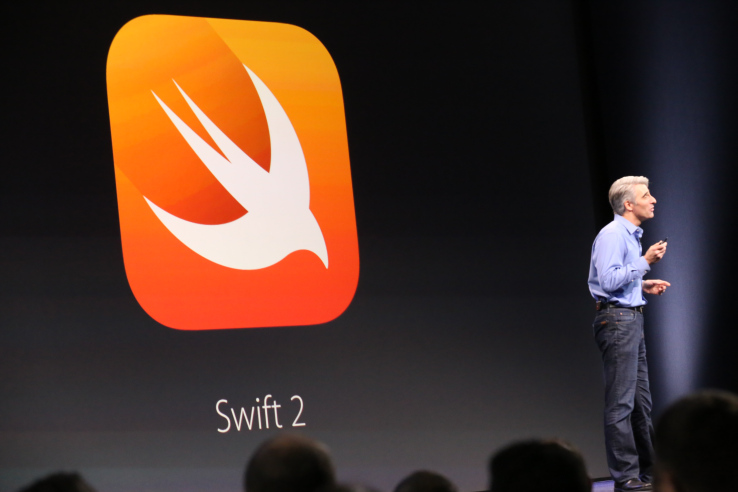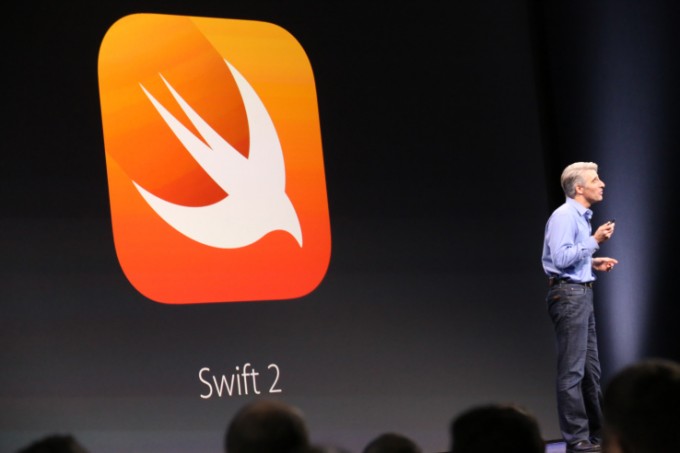
Mobile apps today are what websites were yesterday. It is a sector growing by leaps and bounds as more and more enterprises bring their e-businesses on to the application platform. From Uber and Amazon to your local grocery store, almost all modern enterprises are becoming app based. A study published by Flurry Analytics shows that for every U.S. customer, an average of 86% of the time spent on smartphones was devoted to apps. With app popularity on the rise, it’s hardly surprising that mobile app developers and marketers are using cutting-edge research to ensure that the apps built by them stay in competition.
According to http://www.intellectsoft.net/ here are a few trends in app development technology over the last two years that are set to continue into the future:
1. Preference of the iOS platform over Android

App Development Cost in 2015: iOS vs Android
At the risk of offending Google, it must be observed that most app developers prefer iOS over Android. One primary reason is that most Android apps are ad-financed while iOS apps pay higher revenue. Since Android is open-sourced, the adoption of its latest version takes more time across a global audience. In contrast, on iOS the developers can build their apps to support the latest version with relative certainty that all customers will be updating their platforms to the new version.
2. App security will take centre-stage

Readers’ top picks for application security tools
A Gartner Inc. report says that 75% of the apps being used in 2015 will fail basic security tests, like Static Application Security Testing (SAST) and Dynamic Application Security Testing (DAST). This especially concerns the enterprise apps, where the apps downloaded from free app stores can access and modify sensitive information of the company. Along with SAST and DAST, app security advisers are moving to new dimensions of security tests, like behavioral testing and server testing mechanisms. In addition, Google an Apple are tightening their platform security protocols, which have to be met if you want to ensure your app will run smoothly on smartphones.
3. Prevalence of enterprise apps

The Future Of Enterprise App Development Is Swift
Apps that help large enterprises conduct their accounting, billing, customer relations management etc are gaining greater foray as more and more enterprises take their business online. This means app service providers are increasingly shifting to enterprise apps over consumer apps because of the greater revenue generated. A Forbes report says that 20% of all app developers are targeting global enterprises for various solutions, up from 16% last quarter. Needless to say, mobile field service software and apps are here to stay.
4. Burst of Cloud technology

10 of the most useful cloud databases
For most enterprises struggling with Big Data, cloud application services are an attractive solution for database management. Consumer app developers are also big on cloud based apps because they can offer synchronicity across a wide range of devices.
5. HTML 5 Language

7 Lessons from 3 Years of HTML5 Mobile Application Development
The latest revision of HTML was finalized in October 2014, and app developers have not been slow to use it to build the latest apps. HTML 5 is emerging as the most popular language for building hybrid apps, which are supported by most platforms and operating systems. This is in contrast to native apps, written in OS specific languages (like Java for Android and Objective C for iOS, for example). The biggest issue with native apps is limited user outreach, as they are available on system specific app stores. Currently, hybrid apps provide a poorer user experience compared to native apps, but this is on its way to change as developers focus on cross-platform compatible applications.
6. The Internet of Things

6 Steps Developers Need To Take To Harness The Internet Of Things
This is the newest kid on the block, and app developers are going out of their way to synchronize their applications with these devices. Another Gartner Inc. study says that 26 billion devices will be integrated to the Internet of Things by 2020. With this vast proliferation of interconnectivity between various sensors, software and physical objects; the IoT is set to change our lives and the way we look at the future. Google and Apple have already taken out the Google Glass and iWatch as examples of wearable, smart devices. Developing applications for such devices will be enormously challenging, diverse and innovative. Usually, such smart grid systems have a four tier mechanism, consisting of the device proper, the ingestion tier, the analytics tier and the end-user tier. Applications generally focus on the last two tiers to organize the data gathered in the cloud server, and process it for the end-user’s benefit.
With smart device technology geared to reach a boom, mobile apps will have to diversify over several specific processes in order to conduct multiple functions for the connected systems.




